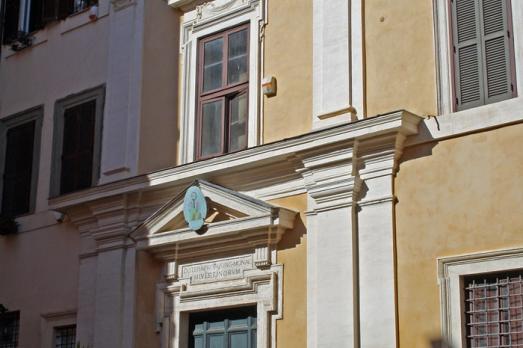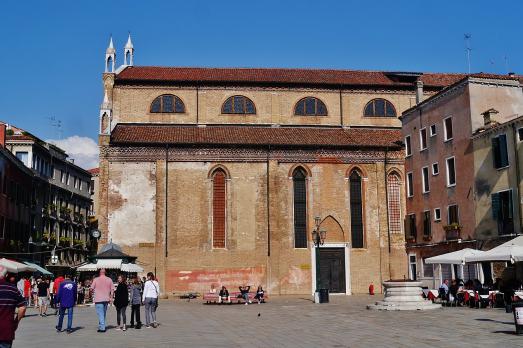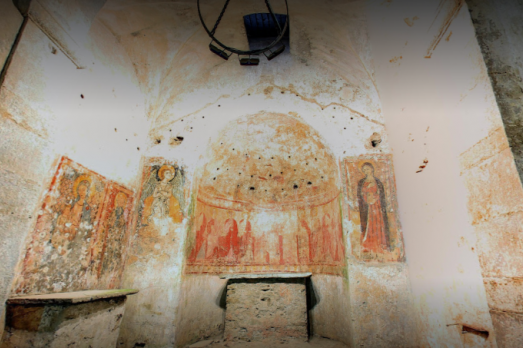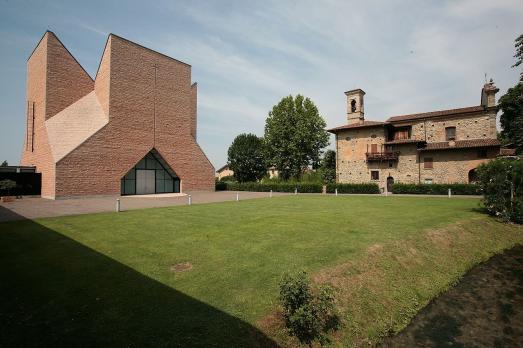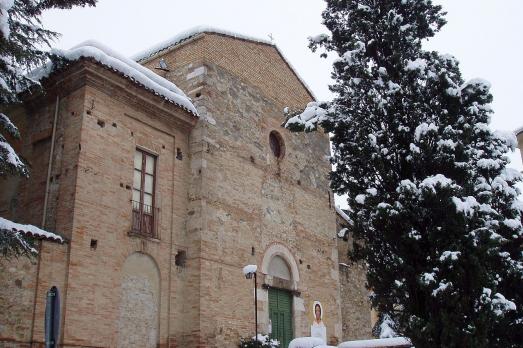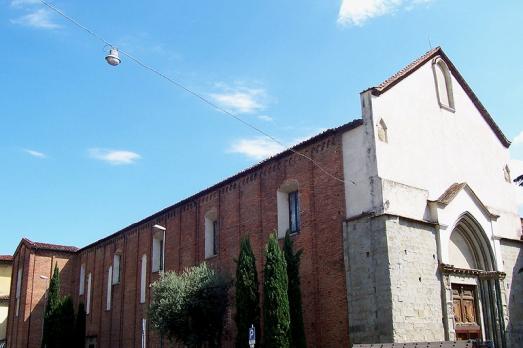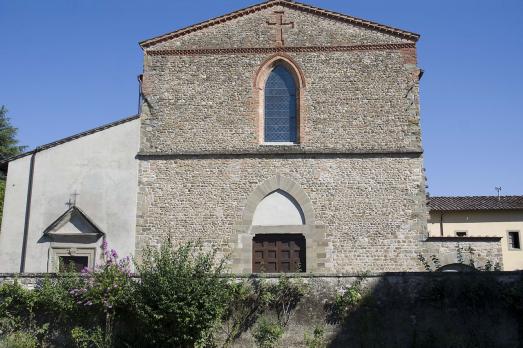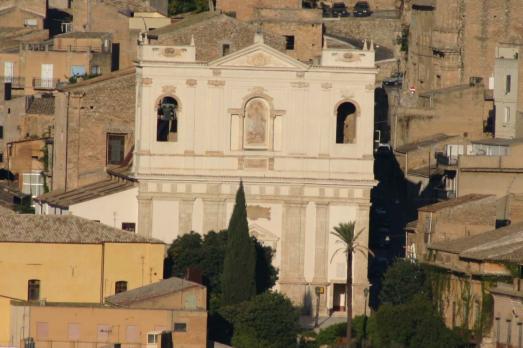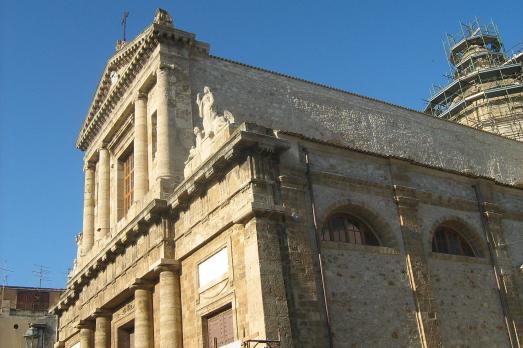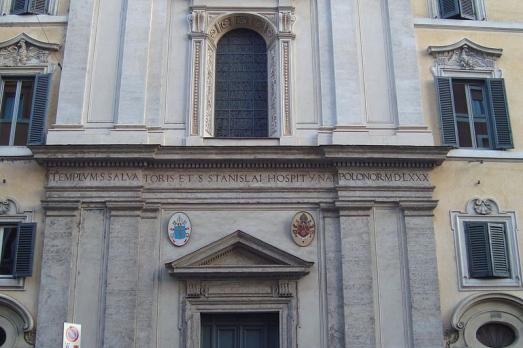
Chiesa di Santo Stanislao dei Polacchi
Roma, IT
The church of Santo Stanislao dei Polacchi, built in 1582, is the national church of the Poles living in Rome. The present church was built on a medieval church mentioned in documents from 1174 and 1209. Pope Gregory XIII granted the church to the Polish Cardinal Stanislaus Osio who, in the 1580s, had the church completely rebuilt and dedicated it to the patron saint of Poland, St Stanislaus Szczepanowski.
